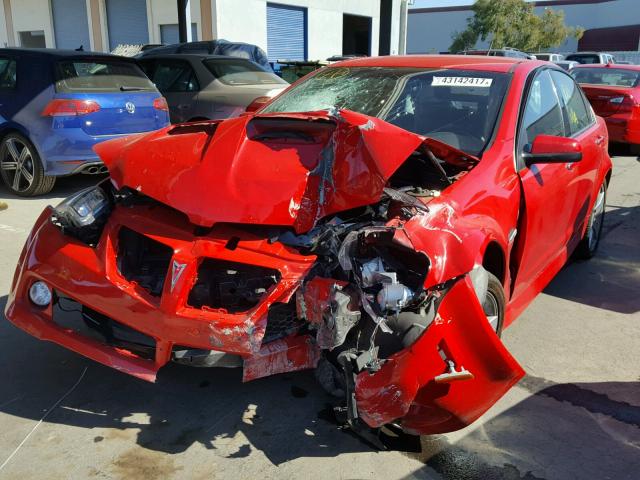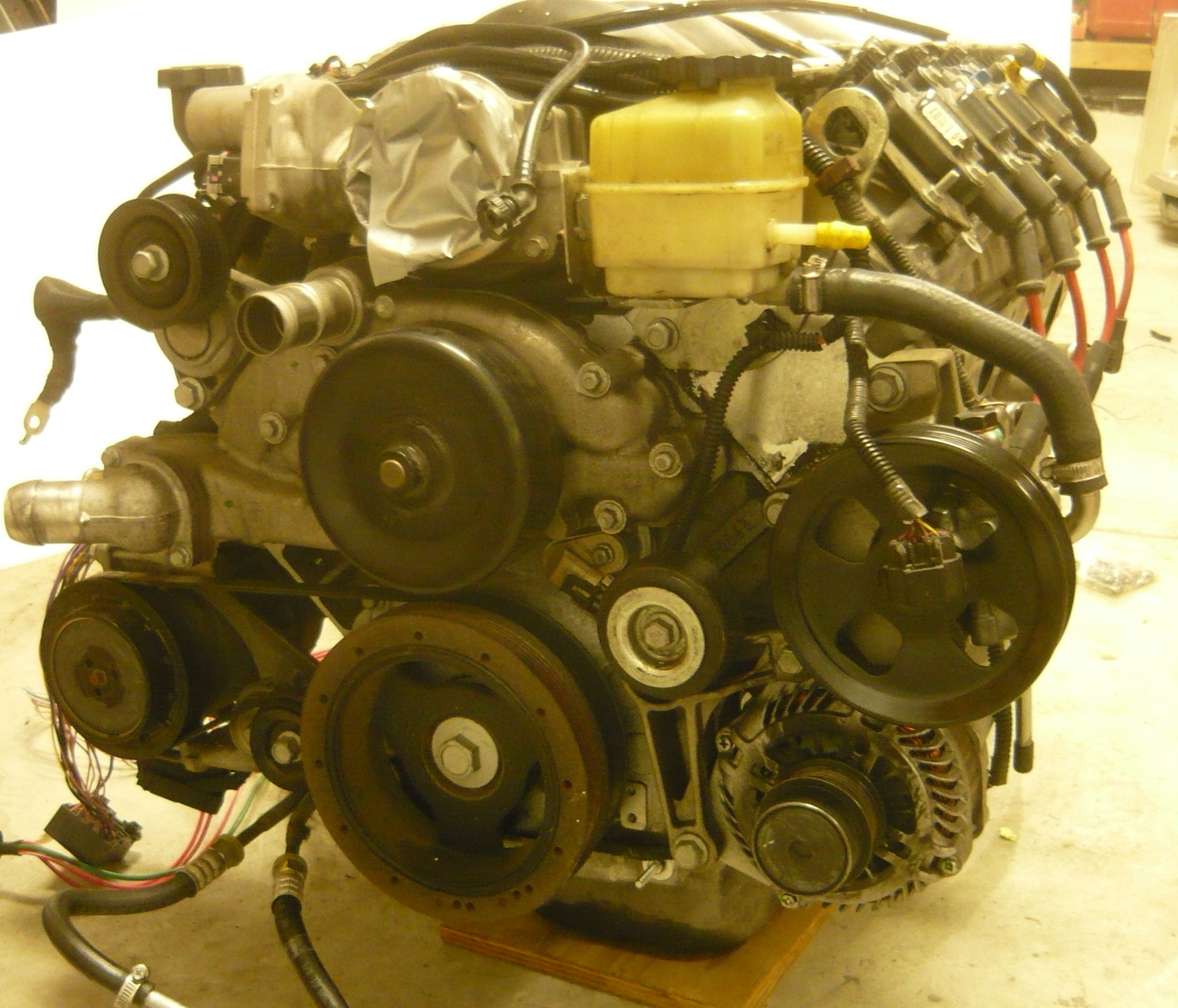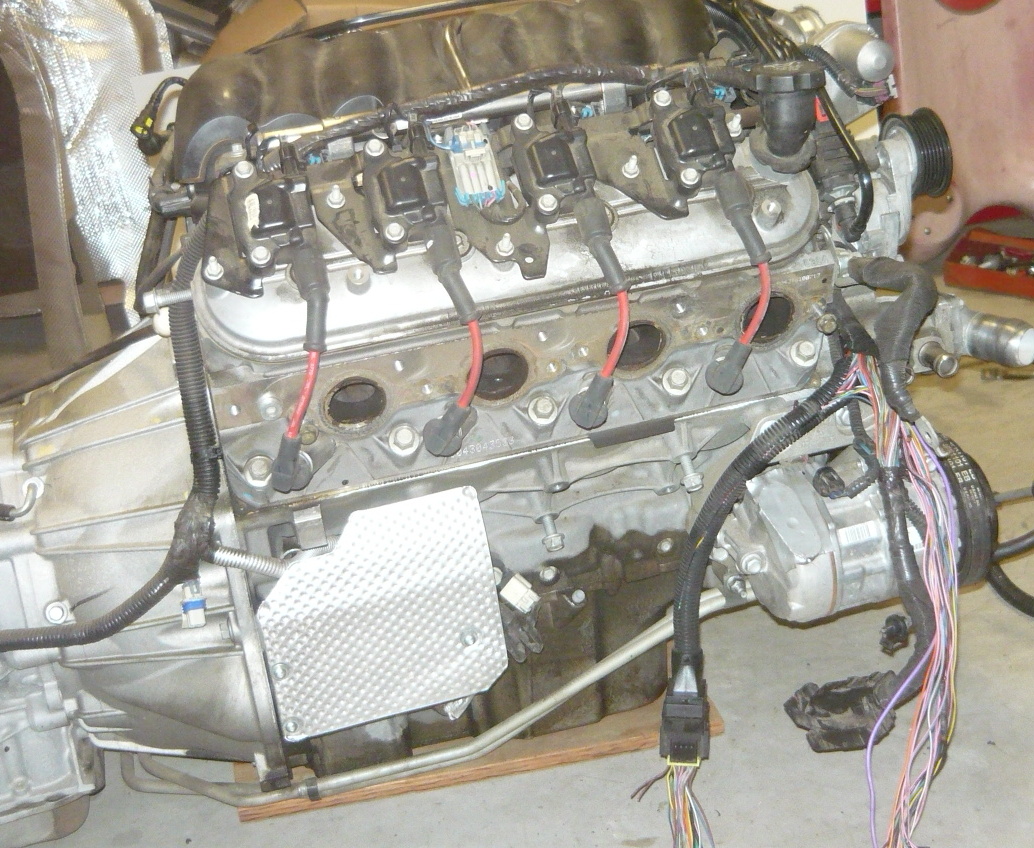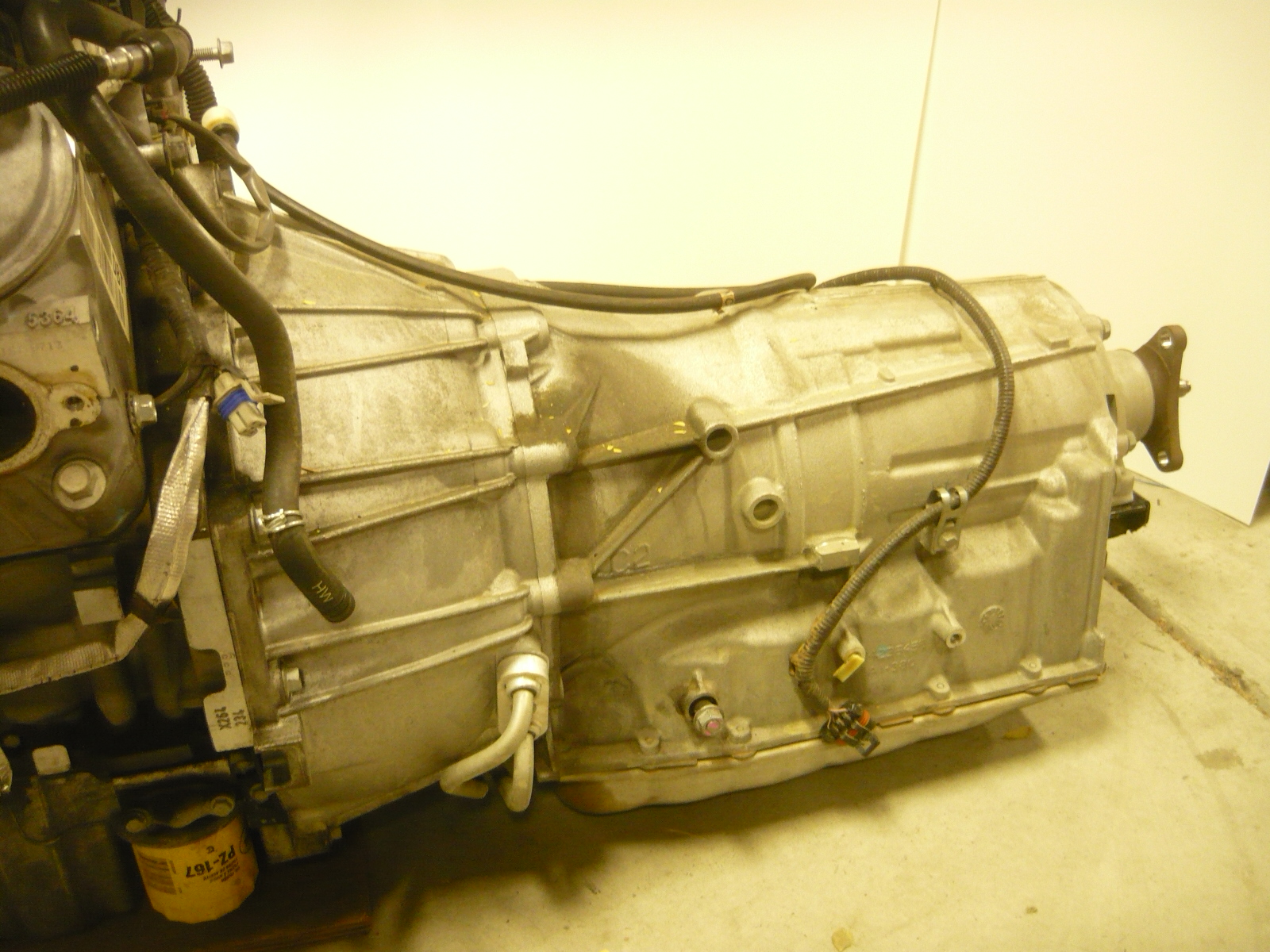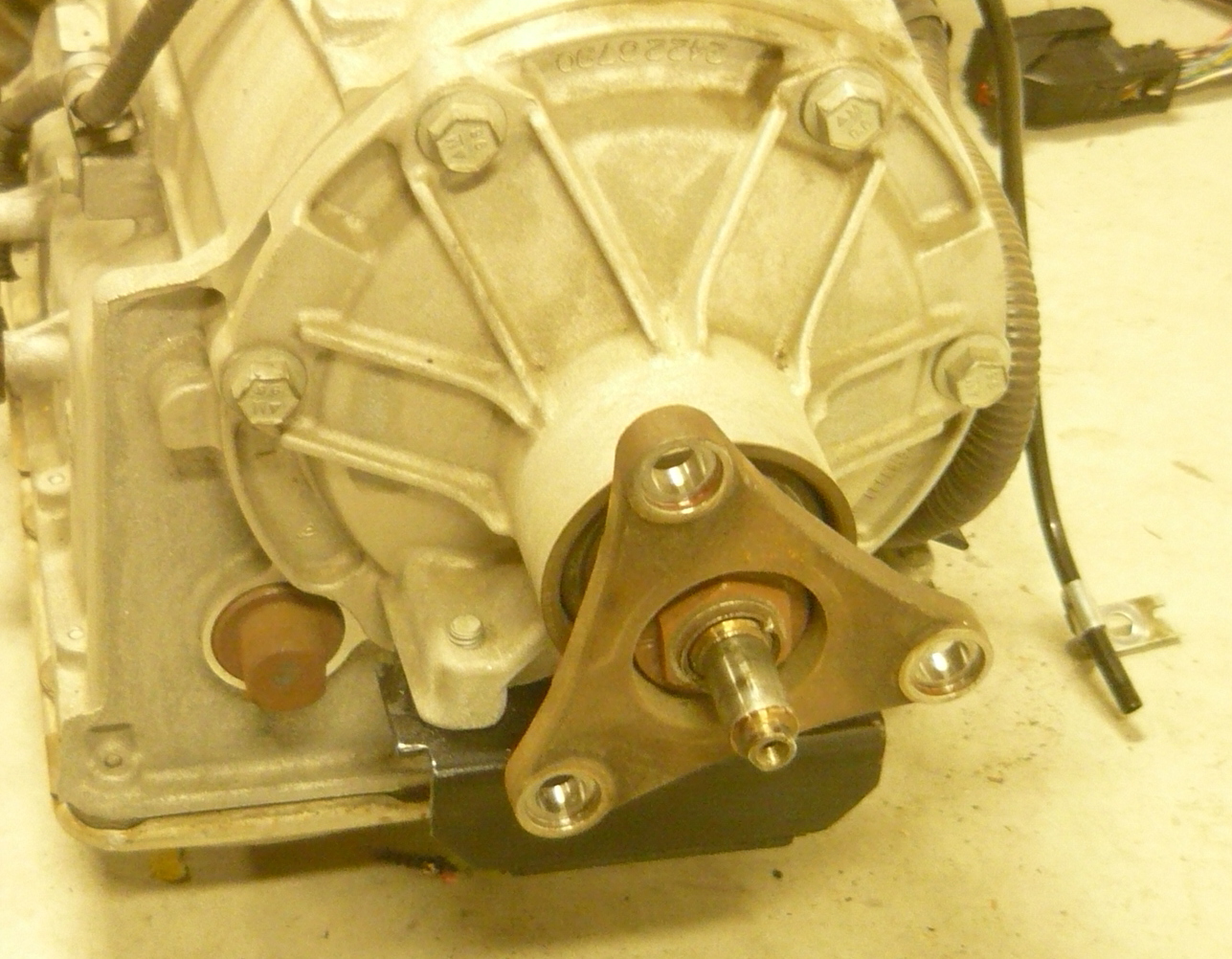
Telephone: 408-839-5569
Email: (Click Here) Andrew@JaguarSpecialties.com
Last Update 7-2-24
|
G8 Catastrophe = Jaguar Opportunity……
Part 1- (below) Go on to Part 2- Engine Prep (Click Here) Go on to Part 3- Engine Package Installation (Click Here) Go on to Part 4- Wiring Details (Click Here) Go on to Part 5- Exhaust System (Click Here) Go on to Part 6- Driveline and Shifter (Click Here) Go on to Part 7- Start-up and Air Intake (Click Here) Go on to Part 8- A Change in Direction...... (Click Here) (These are a series of articles on installing Gen4 LS engines in our Jaguar cars. New links to follow-on articles will be posted from time to time) Part 1- The Donor... So first of all, please don't worry- this 2009 Pontiac G8 GT came to us in this condition- the accident happened before we got the car. For those not familiar with the G8, this was a model built by GM of Australia (Holden) from 2008-2009 as a high powered sport sedan. In its best year (2009), it came with 3 models: a base car with a 3.6L V6/automatic (boring), and 2 V8 LS choices- the L76 6.0L engine (361 hp) and 6L80E (6 speed automatic transmission) and the LS3 6.2L engine (415 hp) and 6 speed manual transmission. The LS V8 cars were the ones to have and now, almost 10 years later, they are still very popular among LS performance enthusiasts. Overall production was low- remember, these cars came out right at the time of the great recession, which quickly led to the shuttering of Pontiac as part of GM’s bankruptcy. Even with aggressive discounting only some 30,000+ G8 cars (of all types) were sold here in the US. Getting back to the car at hand here, this one is a GT model that has the L76 LS engine. This is the newer variety of the LS engine family, called the Gen 4 (small block Chevy’s are Gen 1, and the 92-97 Chevy LT1 is the Gen2, the original LS is referred to as Gen 3). Besides great power, the L76 makes plenty of torque (385 ft-lbs) and also has some interesting other features such as “Active Fuel Management/Displacement on Demand” technology that, under low load conditions, disables as many as 4 cylinders to increase fuel economy. This feature was only offered on the automatic transmission cars, and was also included in the 6.2L L99 (also Gen4 LS) engines for the (then) new 2010 Camaro (again only with the automatics). Enough on the tech and on to the donor itself. So this was a creampuff 2009 G8 GT with only 52k original miles. Unfortunately it had a heavy encounter with something in front on a rainy night and was totaled. Once all of the bent sheet metal was removed in front of the engine it still ran fine. The drivetrain was pulled out as a whole unit along with the complete wiring harness and controllers. Once the engine was out, some of the major similarities/differences between it and the earlier LS/4L60E packages we have mostly used were apparent:
As of this writing, I am working carefully on the engine control harness, removing all of the non-essential wires and components (and there are many of them). It may sound difficult, but using the factory shop manual set (which includes detailed descriptions of every connector in the car and the wires it holds) makes it pretty straightforward. Once the wiring is prepped, the mechanically prepping of the drivetrain can begin- installing the correct oil pan and exhaust manifolds to fit an XK8 chassis (oops, that was supposed to be a secret...). Stay tuned for that.
The pics above are of the G8 as it arrived and later with the damaged front end removed. Below you can see some detailed shots of the engine all around as we get ready to move forward.
Want an LS-powered Jaguar for yourself??
Click the links below to Jaguar-LS conversion information on our website and a also photos of many different completed cars, most by our customers:
Gallery of completed LS-power Jags: http://www.jaguarspecialties.com/LS-gallery.asp
|
